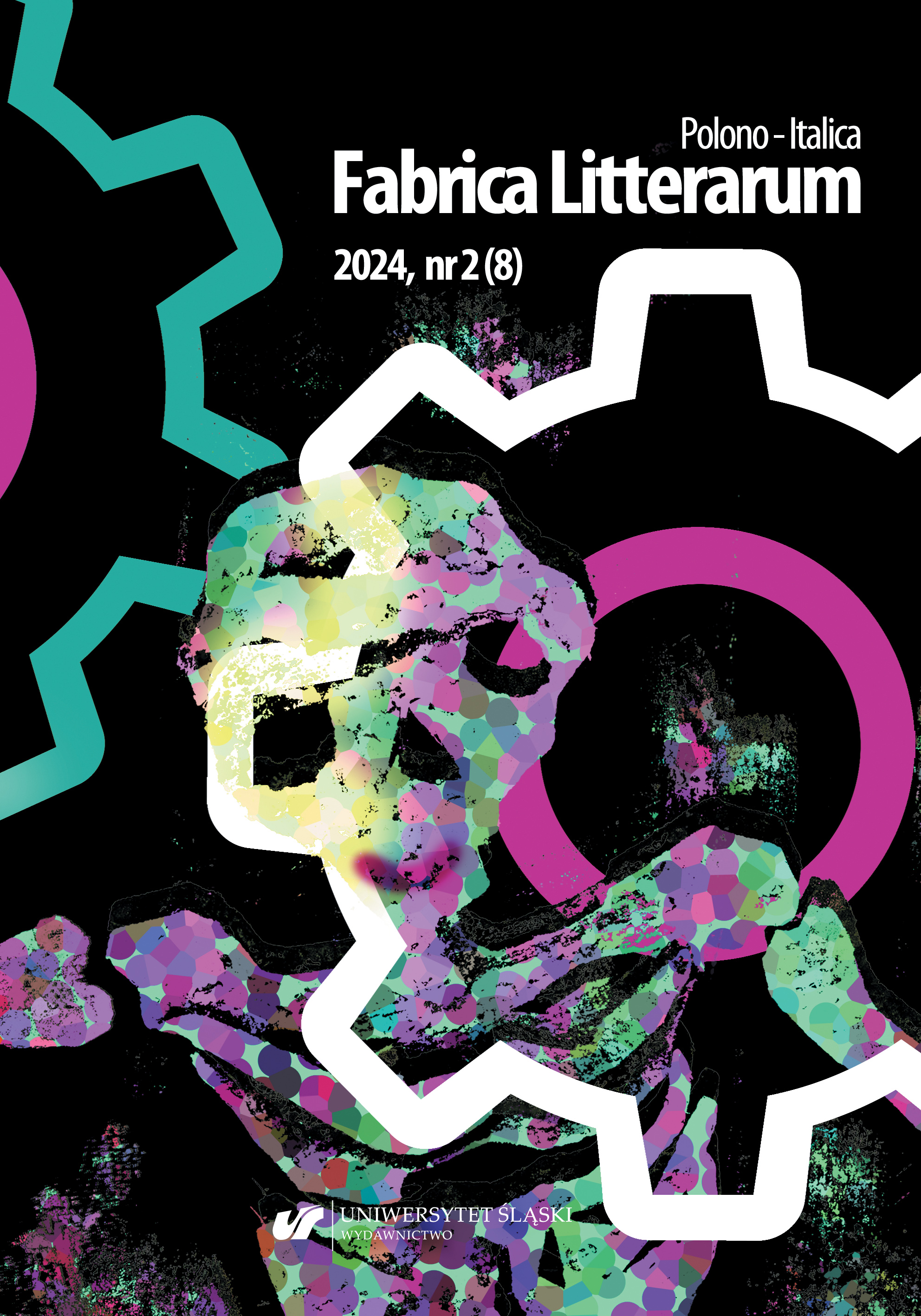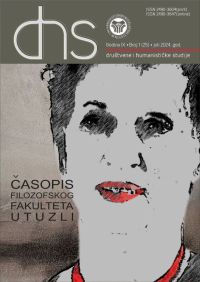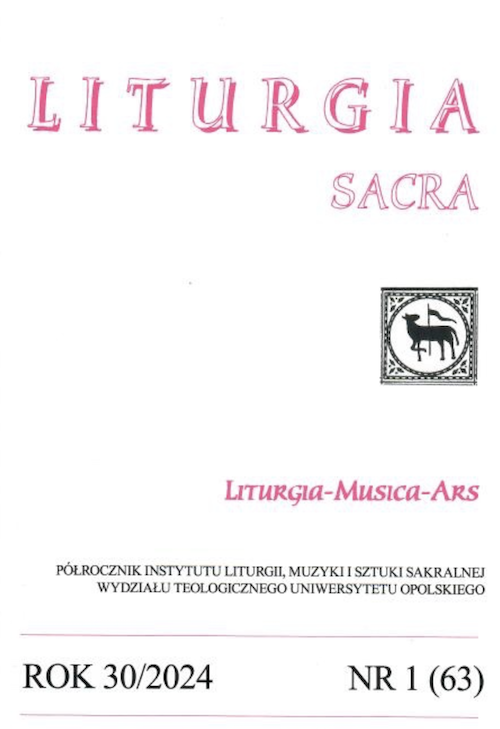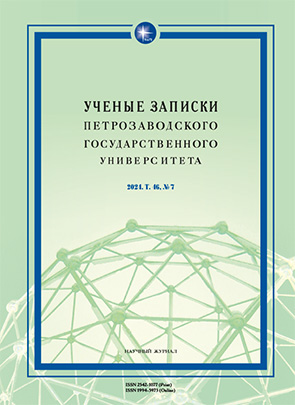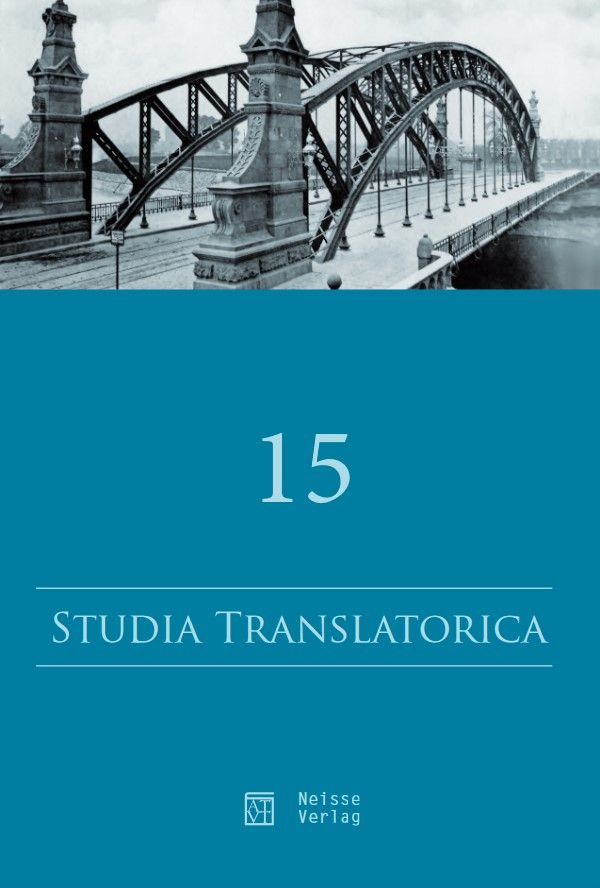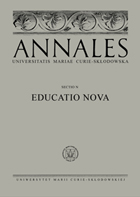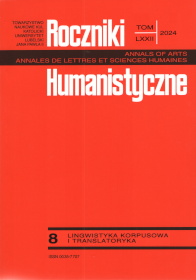
WARIANTYWNOŚĆ TERMINOLOGICZNA WE WŁOSKIM DYSKURSIE DZIENNIKARSKO-SPORTOWYM NA PODSTAWIE DZIENNIKA „LA GAZZETTA DELLO SPORT”
The article aims at showing the terminological variability of Italian soccer vocabulary based on a corpus of terms that belong to the lexical field of human food. They have been excerpted from the 2022 and 2023 Internet editions of the most widely read Italian sport magazine La Gazzetta dello Sport. The research will be conducted with reference to a terminological sphere defined as a terminological subsystem consisting on average of several or a dozen or so lexicons bound by direct semantic relationships. As part of the research, each terminological variant will be discussed with regard to appurtenance conditions that it needs to fulfill in order to be included in the Italian soccer language. As regards Italian soccer phraseologisms, they might be analyzed as language utterances and simultaneously considered to be terms, i.e. units of terminology as they are widely accepted by language users as terms existing in various specialized activity domains in the form of words or word groups. At the same time, these terms represent a professiolect defined as a technolect. This is all accompanied by various types of methodology applied to the description of Italian multiword idiomatic expressions by reconstructing their grammatical, lexical or logico-conceptual structure and analyzing their functioning as language units inherent in the language process.
More...

